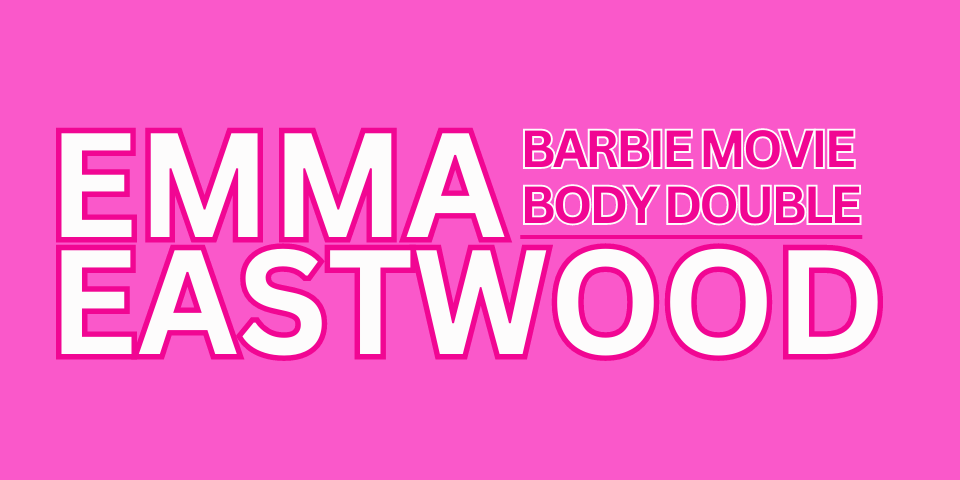Last week, the movie Barbie came out in movie theaters. There has been a lot of marketing around the film, which stars actor Margot Robbie as the titular character.
But in an article in the New York Times posted just over a month ago, the newspaper did a feature on Emma Eastwood, who worked as Robbie’s body double on the film.
The article accounts for some of the work Emma did in her work as a body double for Robbie on Barbie. Based on these accounts, it seems as if Emma did work that could also be construed as the work of a photo double. For example, she was first hired to work as a hand double, which is commonly work that a photo double would do and is not a specific job title under the SAG-AFTRA contract.
Contractually, the difference between the work of a body double and a photo double is not very clear, but in terms of compensation, body doubles make significantly more than photo doubles. Body doubles effectively make what principal actors make at minimum, while photo doubles are effectively background actors asked to do “photographic doubling.”
In practice, a production would hire a photo double for insert shots of hands, shoulders, car scenes shot from a distance, etc. Typically, a production would hire a body double for nude work or other doubling work where the production cares to spend more for some reason. If the reporting is correct that Emma worked as a “body double,” then she made a significant amount more than typically a photo double would (perhaps about five times more per day, in terms of contractual minimums for Los Angeles or New York Zone work). But photo doubles do not have SAG-AFTRA-contract coverage in London where Emma reportedly worked.
Although in presumably working as a body double Emma worked as a “performer” in the word’s meaning under the SAG-AFTRA contract, unfortunately, body doubles under the contract are one of the only performers — if not the only performer — not entitled to residuals for their work. Unless Emma was able to negotiate for residuals, she unlikely received residuals for her body double work that appeared in the trailer she reported seeing for Barbie.
With that all said, it was great to see Emma interviewed in by the New York Times for her work on her film!
Read the article from the New York Times:
Did you do stand-in work or also work as a photo double or body double on Barbie? Share your experiences in the comments below!







Leave A Comment